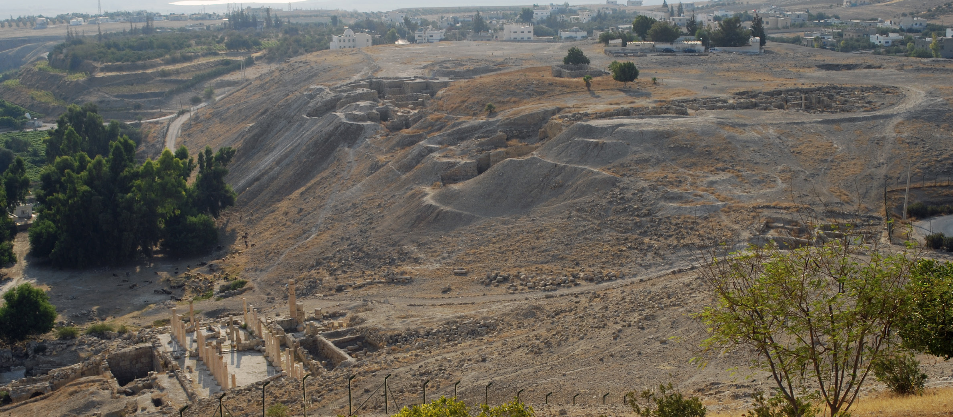
The Site of Pella in Jordan: A Case Study for Developing Interpretive Strategies in an Archaeological Heritage Attraction
Near Eastern Archaeology, June 2018, “The Site of Pella in Jordan: A Case Study for Developing Interpretive Strategies in an Archaeological Heritage Attraction” by Abdelkader Ababneh (Yarmouk University)
The interpretation of archaeological sites and landscapes for the benefit of the wider public has been of interest to heritage managers, archaeologists, and public groups ever since sites have been open for visitation. However, those responsible for interpreting archaeological sites for presentation to the public often fail to take advantage of a site’s interpretive potential. Interpretation of archaeological sites is a relatively recent activity in Jordan, as is their valuing and heritage management. This study explores issues relating to site interpretation and the potential benefits of improved interpretive strategies. Based on an analysis of the literature and on an exploratory study at the site of Tabqat Fahl (ancient Pella) the author offers concrete recommendations for revealing the potential of the site and improving the interpretive media choices that can be used to communicate the site’s themes to visitors. The aim is to preserve the site into the future and to revitalize it by improving the standard of information about the natural and cultural heritage value found there. Realizing the full potential of the site of Pella is a task that will require the cooperation of a wide range of disciplines and institutions, including historical, architectural, and archaeological.

